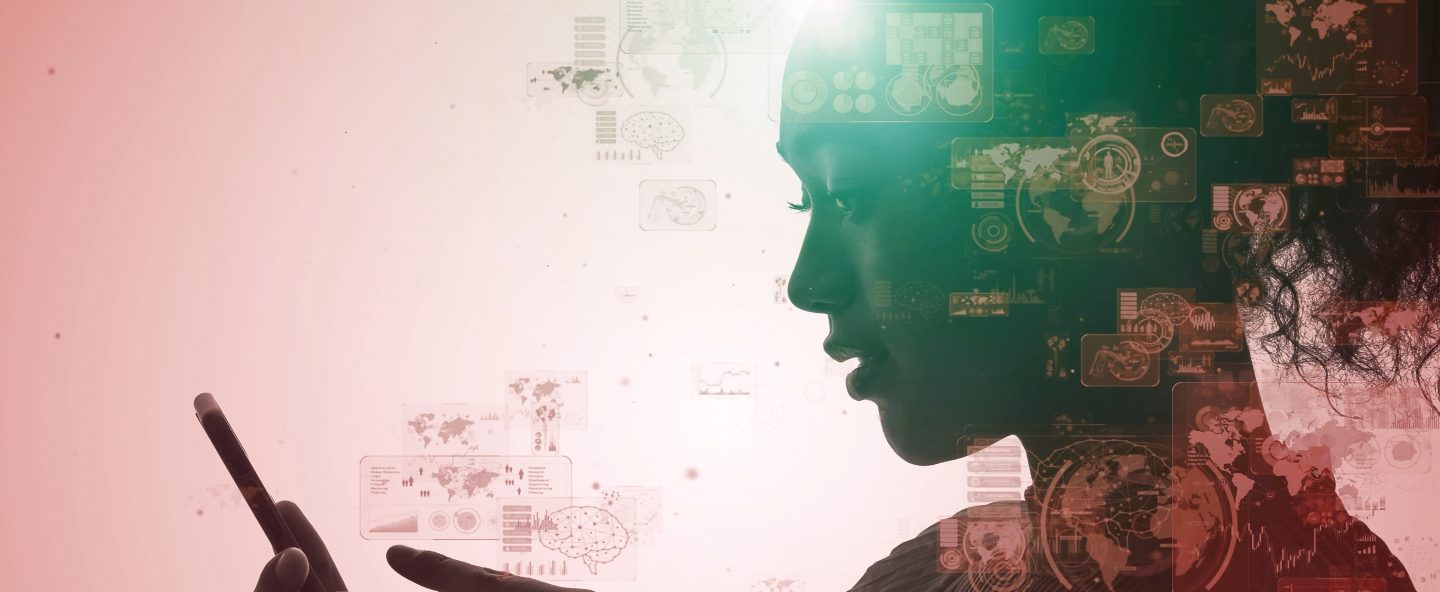Program Overview
Adapted from BRAVE, a clinic-based cognitive behavioral therapy program for anxiety, BRAVE online offers treatment for anxiety disorders to children and adolescents.
BRAVE Online is a trans-diagnostic program that uses CBT techniques to treat a range of anxiety disorders among children and adolescents. Over 10 weekly sessions, users learn about and apply relaxation strategies, cognitive restructuring, and graded exposure. The program uses cartoon animation, bright graphics, text, quizzes, and interactive exercises to engage users. Two versions of the program are available, based on user age. Users are introduced to a therapist via email before starting treatment. The therapist contacts each user through email after each session to monitor responses and provide feedback. The program also includes 11 sessions specifically for parents that offer education on anxiety disorders in youth, contingency management techniques, and relaxation training.
Link to commercial site here.
Delivery:
Web-based
Theoretical Approaches:
Cognitive Behavioral Therapy (CBT)
Target Outcome(s):
Anxiety symptom severity
Frequency of symptoms
Ages:
Preschoolers (3-6)
Children (7-10)
Adolescents (11-17)
Genders:
Male
Female
Races/Ethnicities:
Australian
Other
Setting:
Remote Access
Geographic Location:
Unspecified
Country:
Australia
Language:
English
